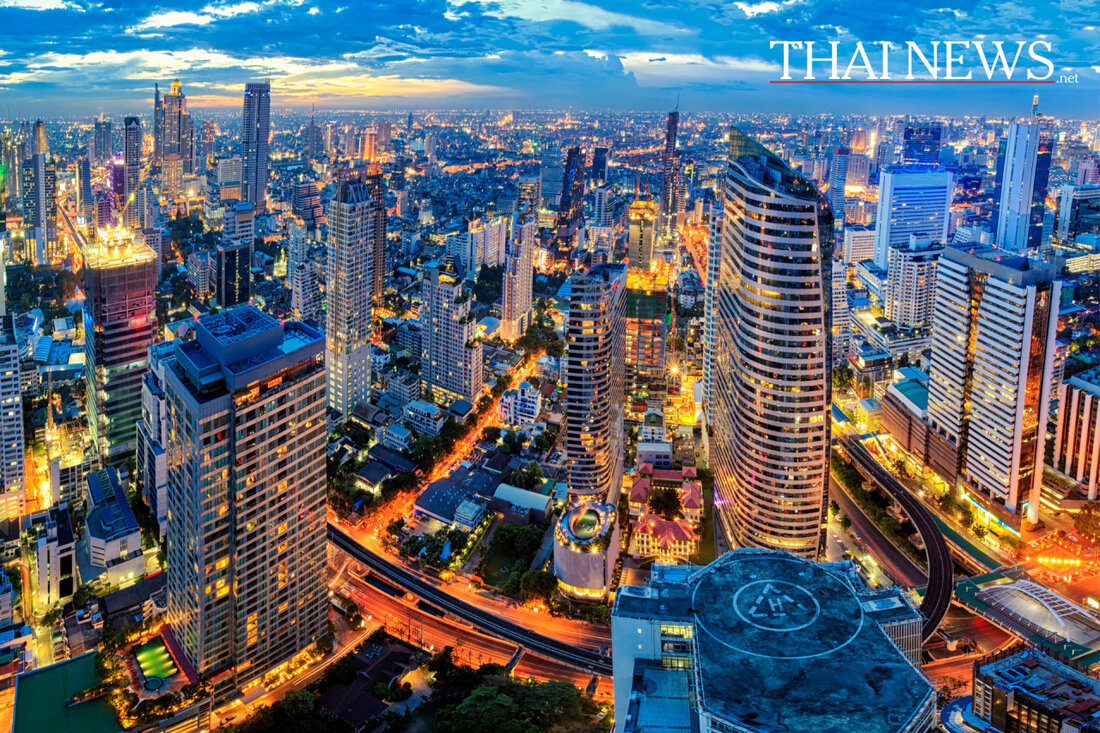Huge sinkhole is growing in Bangkok: danger to traffic and safety!
A huge sinkhole in Bangkok that emerged on September 24, 2025 is causing massive infrastructure damage and traffic disruptions.

Huge sinkhole is growing in Bangkok: danger to traffic and safety!
In Bangkok, another sinkhole is causing excitement and endless questions about the city's infrastructure. On September 24, a massive hole opened up on Samsen Road in Dusit district and has continued to grow larger as the days go by. According to the reports of Bangkok Post It has now expanded to 30 meters wide and length and 20 meters deep and is now almost 4.5 meters deep. This tremor has left the area around Samsen Police Station and Vajira Hospital in a state of excitement.
The water pressure and the saturated, soft ground in the area played a crucial role in the creation of the sinkhole. An initial estimate suggested 8,000 cubic meters of sand would be required to stabilize the vulnerable areas. But the massive damage and unforeseen developments required more than initially thought. The Thailand Times reports that traffic in the area was significantly affected as the sinkhole damaged a water main and even knocked down power lines. At least one municipal tow truck and several buildings were also evacuated.
A spreading problem
While engineers are actively working to secure the area and repair the extensive infrastructure damage, the incident poses serious challenges for the city administration. The city governor Chadchart Sittipunt was personally there to get an idea of the situation. He warned of further ground movements and the possibility that the sinkhole could expand even further. The ongoing construction work on the MRT's Purple Line extension is suspected to be a possible contributory cause of the accident, and increased attention is now being paid to ground stability.
A review of engineering designs and stricter controls during excavation work are urgently required to ensure local residents' trust in the infrastructure. The situation has also raised awareness of Bangkok's fragile geological conditions, which are exacerbated by frequent monsoon rains. According to the experts at Thai Environmental Scholars Association Bangkok could face an existential flood crisis by 2030.
Challenges for the future
Bangkok sits on a delta just a few meters above sea level and faces the constant threat of flooding. Annual ground subsidence and rising sea levels contribute to this crisis situation. Urbanization and the loss of natural flood plains pose additional challenges. The current drainage system is completely overwhelmed during heavier rainfall and can only handle up to 60 millimeters of rain per hour. The channels are often blocked, which makes water drainage even more difficult.
Current events highlight the importance of robust flood risk management. Suggestions for improvement include the creation of water highways, dams and pumping systems similar to those in the Netherlands. The need is clear: if Bangkok does not act in time, a gradual but unstoppable process could transform the city into an uninhabitable area. The situation remains tense and the public's eyes are on those responsible.

 Suche
Suche
 Mein Konto
Mein Konto
